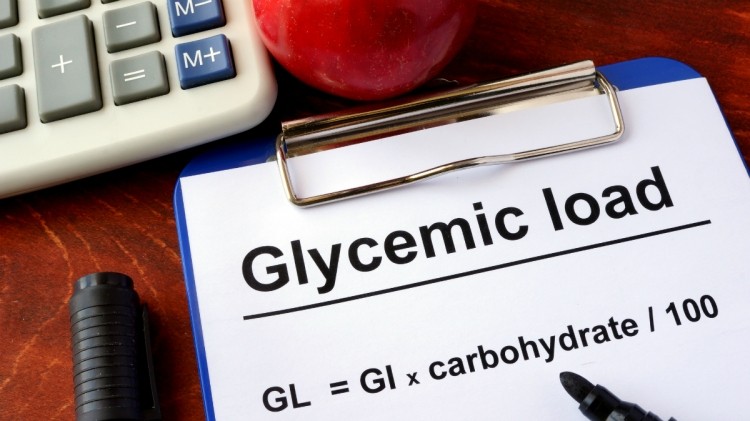High GI, high diabetes risk: New systematic review provides 'robust evidence' of link

Previous meta-analyses have indicated significant but inconsistent incident risk relations between T2D and dietary GI and GL, but the last meta-analysis to use a predefined standard to identify valid studies was conducted more than 10 years ago.
As such, researchers in Australia, North America, Europe and the UK conducted a systematic review to determine if the link between T2D and GI / GL could inform nutritional guidance for the improvement of public health.
Diet, drinking and diabetes
They searched databases such as MEDLINE, EMBASE, the Cochrane Library, and the PROSPERO Register of Systematic Reviews for relevant peer-reviewed prospective cohort studies on incident T2D related to GI or GL, published as recently as 6 December, 2018.
They eventually settled on a total of 24 studies to be included for further evaluation with regards to the risk relations between T2D and GI / GL.
They noted that study-level adjustments were made for the participants' intake of all fibre types (seven studies), cereal fibre (three studies), vegetable fibre (one study), magnesium (one study), protein (three studies, red meat (one study), alcohol (nine studies), energy (eight studies), saturated fat (three studies) and trans fats (three studies).
The three GI classifications were referenced in the review: low (below 55), moderate (between 56 and 69) and high (70 and above).
The researchers reported that according to global observations, those consuming a diet with a GI of 76 could face an 87% increase in the risk of developing diabetes, compared to those consuming a diet with a GI of 48.
Similarly, those consuming a diet with a GL of 257g out of 2,000kcal daily could face an 89% increase in the risk of developing diabetes than those consuming a diet with a GL of 73g out of 2,000kcal daily.
The researchers wrote: "The above can be put further into context regarding the range of GI values within heathy food groups (wholegrain, fruit, vegetables, etc).
"For each of these food groups, the GI spans across approximately 60 units, which is nearly twice that of 28 units across diets, from the lowest (48 units) to the highest exposure (76 units) during global risk assessment."
They added that this could mean an almost 400% difference in T2D risk between the lower and upper extremes of the GI even within supposedly healthy food groups, which in turn means people should be aware even when selecting foods from ‘healthy’ food groups.
Perhaps unexpectedly, the researchers found that alcohol consumption was positively correlated with the attenuation of T2D's risk relations with both GI and GL.
When it came to alcohol consumption, they found that both the T2D-GI and T2D-GL risk relations were "attenuated at higher than lower average population alcohol consumption".
One of the studies found that the T2D-GL risk relation was attenuated with higher alcohol consumption in women, but not the T2D-GI risk relation; the researchers noted that alcohol consumption’s impact on T2D-GI and T2D-GL risk relations would require "further investigation".
Indications for public health
According to one of the review's co-authors, the University of Sydney's Prof Jennie Brand-Miller, the findings indicate that authorities should offer food and nutritional advice with GI and GL as considerations.
"Australian healthcare professionals should now consider including low-GI and GL in their food- and nutrient-based recommendations.
"Low-GI and GL advice does not conflict with current healthy eating dietary advice and should be applied within the context of healthy food- and nutrient-based advice. Current conventional dietary advice inadequately identifies low-GI or GL foods or diets.
"Knowledge of GI or GL food values may help people to improve their respective food choices within food categories communicated via dietary advice. This is important because dietary advice alone does not guarantee lower GI or GL choices."
Furthermore, lower heart disease risk, balanced blood glucose levels, reduced insulin resistance, and sustained energy levels are among the health benefits linked to the intake of low-GI carbohydrates.
The study also stated that GI and GL were substantial food markers that were predictive of T2D development globally, especially for those of East Asian and European ancestry.
In conclusion, the researchers wrote: "Critical analyses of prospective cohort studies provide robust evidence that diets higher in GI and GL, independently of dietary fibre, substantially elevate the risk of type 2 diabetes among healthy populations of men and women, each sufficiently meeting the criteria of importance to public health nutrition.
"This is supported by the worldwide incidence of diabetes increasing by approximately 90% across the global range of exposures, and in a companion paper, by the Bradford–Hill criteria indicating that these relations are probably causal.
"Together with mechanistic and other data, this supports that consideration should be given to these dietary risk factors in nutrition advice."
Source: Nutrients
https://doi.org/10.3390/nu11061280
"Dietary Glycemic Index and Load and the Risk of Type 2 Diabetes: A Systematic Review and Updated Meta‐Analyses of Prospective Cohort Studies"
Authors: Geoffrey Livesey, et al.
















